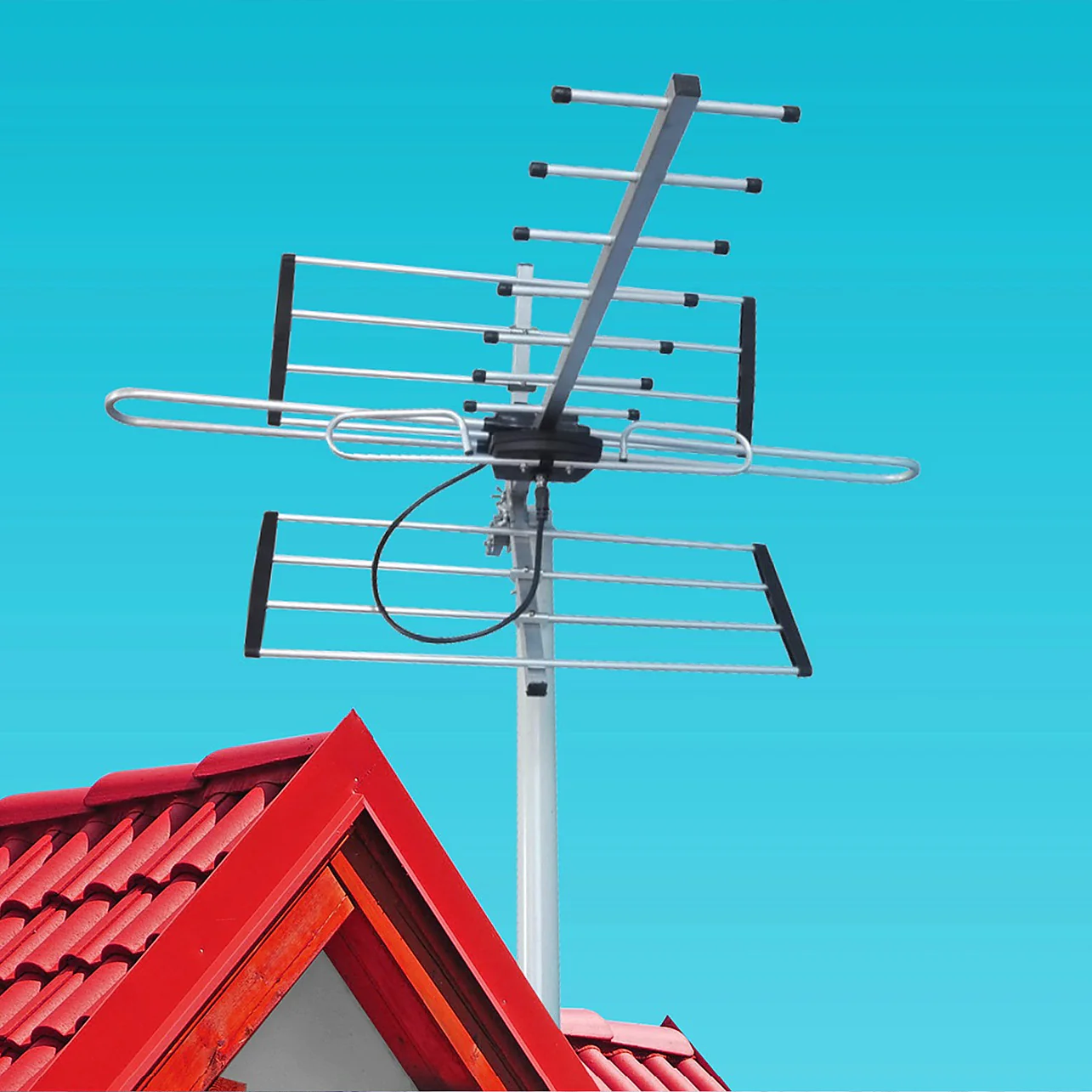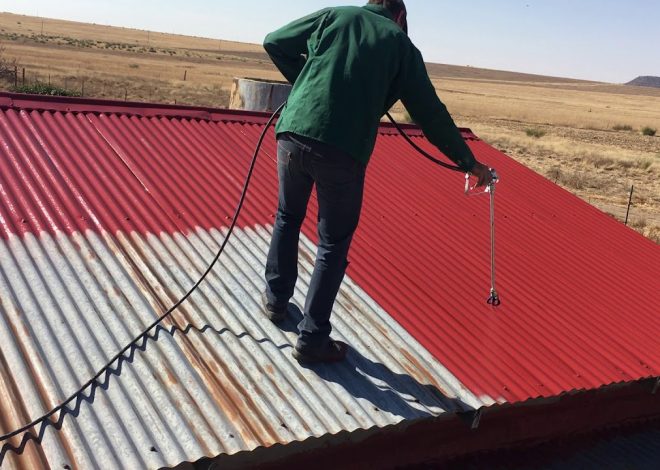
11 Tips For Improving A Weak TV Signal
How to Improve Weak TV Signal
You may be wondering why the aerial doesn’t work or if your signal is pixelating. You may have a weak signal. Your TV might already display a message stating that there is “no or weak signal”. This blog will give you all the information on how to improve TV signal strength.
Be aware, before we begin that you may have a poor TV reception. You don’t always have to have weak TV signals. It’s possible to have too much TV signal, believe it or not! Any problem with digital TV will cause the picture to be broken up. This could be caused by interference or faulty equipment. This has now been clarified. Now let’s move on to how you can improve the TV signal strength.
Install your Aerial Outside
It is for a good reason that TV aerials are almost always mounted on chimneys. It is because chimneys provide a mounting point which is usually the highest point in your home, although this is not always the case. Installing a TV aerial on the gable wall, chimney or fascia will help it clear any nearby obstructions such as trees and buildings. Once these obstructions are removed, a strong TV signal is usually received. You will have a strong signal if you can see your transmitter when you install TV aerial in nz.
The best way to improve TV reception is by installing a TV antenna outside. If you are having trouble getting a signal from your loft TV aerial, this is the solution. You should move the aerial outside, as the signal will not have to travel through the roof tiles.
Install the Aerial Higher up
Installing your aerial higher will almost always improve the TV signal strength. Installing your aerial on a 10′ or a 12′ mast rather than a 6′ one may be beneficial if you live in an area with weak signals, particularly if it helps clear obstructions nearby. When installing an aerial on a larger mast, the mounting brackets must be strong enough to hold it. As a guide, the size of the brackets should be at least 1/6th the height of the mast. If you don’t do this, your aerial will likely blow over in the wind.
You can use an indoor aerial if you cannot install your aerial outside or on the roof. Loft aerials will most likely give you a better reception, but only if the loft isn’t foil lined.
Install a higher gain TV Aerial
Installing a TV aerial with a higher gain is another way to increase your TV signal. They are not necessary if your TV aerial is mounted outside on the chimney or gable wall. However, if you live in an area with weak signals or plan to run multiple TVs from one aerial or you are living in a low signal area. Installing a higher gain aerial may be the best option. High gain aerials improve the performance of the aerial boom, which in turn improves reception and acceptance angles. Higher gain aerials will always be larger than Yagi style aerials. You should therefore check the strength of the mountings to support both the aerial and the extra weight. Installing a bracket that is 1/4 the height of the mast helps. Also, upgrading the mast to one with at least 1.5″ diameter or 2″ for large and high gain TV aerials.
Align your TV aerial for maximum reception
It’s not easy to align your TV antenna without a TV spectrum analyzer or an alignment tool, but a professional can make a big difference to the amount of signals you receive from your aerial. It is even more important to align TV aerials that are more directional, such as high gain aerials. It’s best to hire a TV aerial company if you are having trouble getting it right.
Install a Masthead Amplifier
If all these options are not feasible, you can try installing the aerial higher up, outside and with a TV aerial that has a higher gain. Installing a masthead amplifier is the next step. Installing amplifiers near TV aerials is the best way to ensure that the signal will be carried through the system as efficiently as possible. This means that the masthead amplifier should be installed outside, on the aerial mast. There is no electricity. This is not necessary as the masthead amplifier can be powered by an external power supply that is installed behind your television and sends 12VDC up the aerial cable. It is important to install this as close as possible to the aerial. A minimum of 1m cable should be left between your TV aerial and amplifier. Install the masthead amplifier before any distribution equipment such as TV aerial splitters or distribution amplifiers. You need to make sure all splitters and wall plates are not isolated and DC-passing, as this will stop the voltage reaching the masthead amplifier. On the market, there are also masthead amplifiers that can be powered by distribution amplifiers.
The masthead amplifier is only useful for overcoming cable losses or signal losses caused by the splitting of the TV signal to multiple TVs. You will still get some benefit from masthead amplifiers if the signals coming in are weak or borderline. The masthead amplifiers have different levels of gain, and I cannot tell you which one is best for you. I normally install models that have a gain of around 13dB, but you can purchase adjustable models which allow you to adjust the signal with a small screwdriver.
Remove Splitters and Install Distribution Amplifiers
Use passive splitters if you are running more than one TV from a single aerial. The more you split the TV signal, the more you lose. This isn’t a big deal in areas with moderate and strong signals for up to four TVs. You could be losing much of your required signal in the splitter if you live in an area with weak signals and/or want to run more than 4 TVs. Installing a distribution amplifier with multiple outputs to support multiple TVs will allow you to not only recover the signal that was lost by the splitter, but also gain an additional 10dB of signal gain.
As a reference, most TV splitters lose between the following amounts of signals:
2-way- 4dB
3-way- 6dB
4-way 8dB
6-way 10dB
8-way 12dB
The received signal strength will be 18dB higher if you replace a 4-way splitter with a 4-way distribution amplifier that has a 10dB signal. This is compared to keeping the splitter in place. The effect will increase as you add more TVs to your system. While this can be a great way to increase signal strength, it is not always the best option in all areas.
Installing Good Quality Coaxial Cable
The signal from your TV aerial should not be lost in the coax cable that connects to the TV. Coaxial cable used for TV aerials should have at least a double-screened conductor and a solid center conductor. You will lose a lot of signal if you use a single-screened “low loss” cable, or stranded center conductor. This could lead to weakened TV signals. When installing coaxial cable for TV aerials, these cables should have copper conductors. This means a copper screen, copper braid and copper center conductors. Coaxial cables of high quality for TV aerials include WF100, CT100, PF100, and HD100.
Install “Screened Wall Plates” of Good Quality
The wall-plate can lose a lot of signal. Unscreened wall-plates are those where the cable termination is exposed to the elements. This can cause excessive signal loss. This can be replaced with a wall plate that has a screened connection, where the coaxial termination is enclosed in a metal casing. This prevents interference from entering the cable, and also stops RF leakage that can cause signal loss. The wall-plates are also superior connections and less likely to be broken.
Installing a Good Flylead
Replace a fly-lead that is thin and flimsy, as they can cause insertion losses. It’s not necessary to spend PS10 for an aerial lead that has gold or platinum connectors. You can create your own aerial fly-lead with a coax cable and some coax plugs.
Use the best transmitter for your device
It’s possible that a stronger signal can be received by another transmitter other than the one you are aligned with. After the digital switchover of the Heathfield transmitter in 2012, a stronger signal was usually achieved by re-aligning your TV aerial towards Heathfield. We still do this to date, and you might find that it is the same in your area. This site has information about TV transmitters available in the nz.
Place Your Aerial to Avoid Obstructions
It goes against everything I said earlier about placing aerials high outside, but it could help improve your TV signal by avoiding obstructions that could interfere with the signal. It is said that installing TV aerials can be a black art. This means that you may get a better signal by placing aerials lower or in places that would seem to not work. It is important to test in different locations on your property before deciding the best one. Remember that this will most likely be high on your property.
Please Ask Your Question Below
Please contact us if you have any queries about this blog, or TV aerials & satellites in general. Please post a comment below. Please don’t call our phone lines. We don’t staff to answer your questions and I do not have time. Please do not email me, as I am asked the same question over and over. You can benefit from the answers and questions if you post your question at the bottom of the blog. Thank you for your comment!
